5 Crucial First Steps from MD Who Lost 140 Pounds Using Ozempic
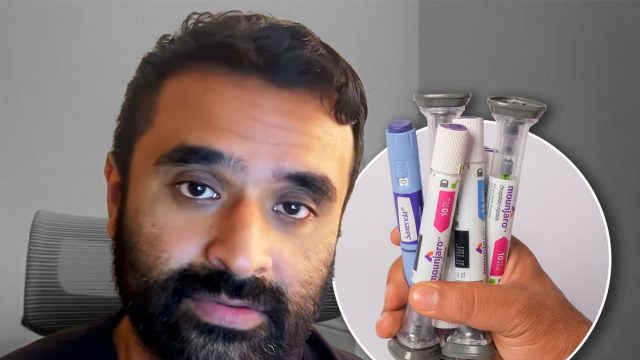
Struggling to win the battle against stubborn weight despite countless diets and exercise regimens? You're far from alone. For millions facing similar challenges, GLP-1 medications like Ozempic and Mounjaro represent a promising new chapter.
Dr. Kevin Joseph, an internal medicine physician specializing in cellular medicine and longevity, brings a unique dual perspective to this conversation. Having personally lost over 140 pounds using GLP-1 agonists, he combines professional expertise with firsthand experience. Follow his essential first steps to set yourself up for success on your GLP-1 journey.
Build a Strong Provider Relationship
The foundation of your GLP-1 success begins with finding the right healthcare partner. "I don't mean a random PCP that your insurance covers. I don't mean going through a telehealth company and having a 10-minute meeting with a physician for a flat fee just to get a prescription," explains Dr. Joseph.
Instead, he emphasizes finding "a provider that you've built a relationship with that knows your body almost as well as you know your body."
RELATED: 15 Things to Know Before Requesting Ozempic for Weight Loss
Your Treatment Should Be Custom-Made
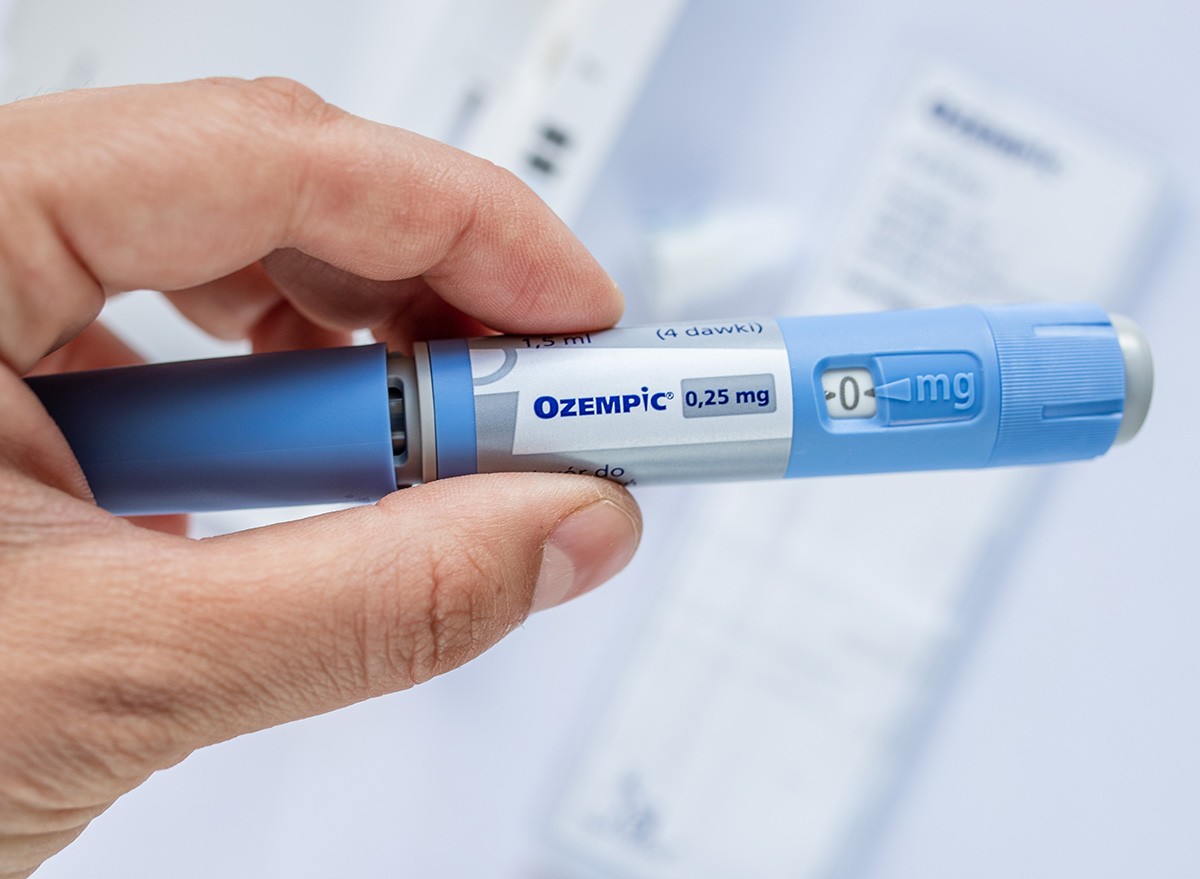
Dr. Joseph stresses that medicine should be "very individualized" and "fine-tuned and specific for that person." A provider who truly listens to your concerns creates the support structure needed for every step that follows.
Too often, providers brush aside patient complaints, but Dr. Joseph believes this personalized relationship is the foundation for success.
Start with the Lowest Effective Dose
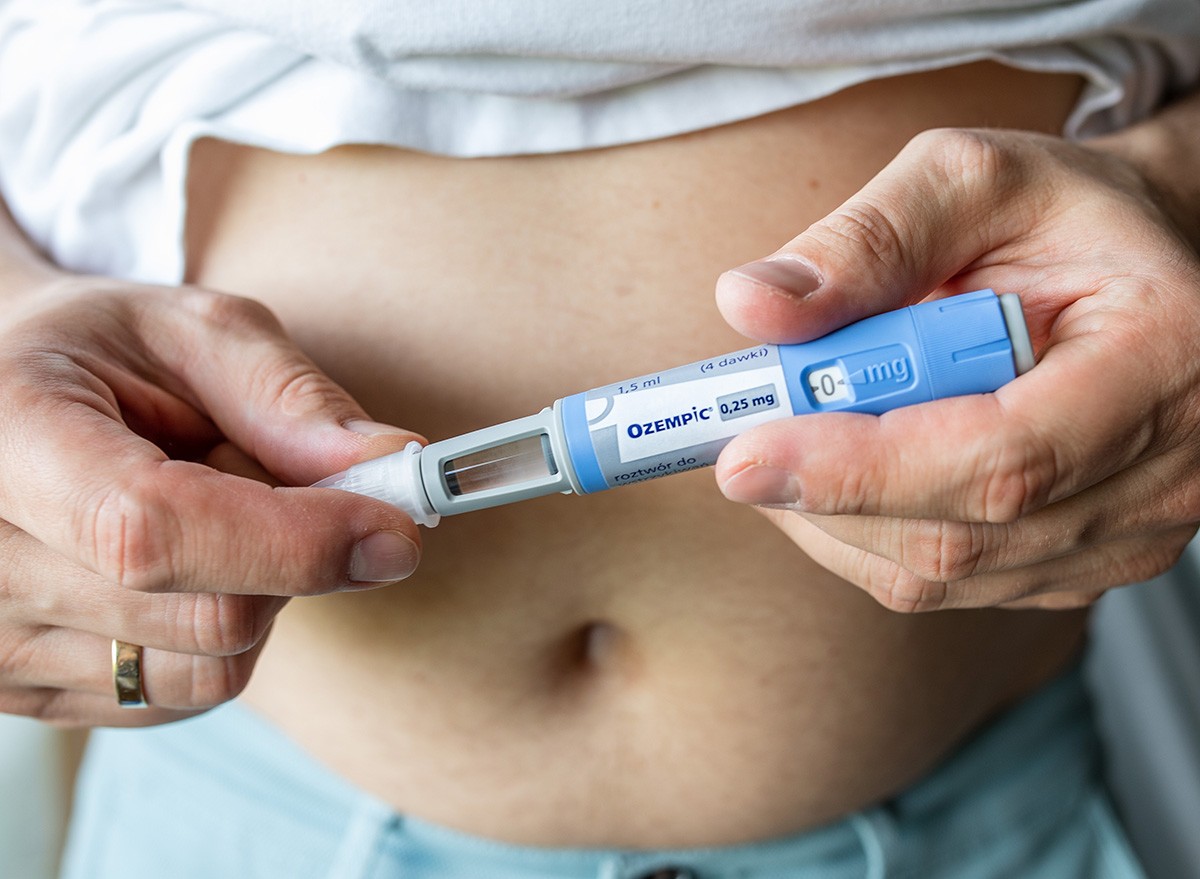
When beginning GLP-1 medications, patience and precision with dosing are crucial. "Go low and go slow," advises Dr. Joseph. "Start at the lowest dose possible that gives you a noticeable benefit."
RELATED: 20 Possible Ozempic Side Effects
Watch for These Positive Signs
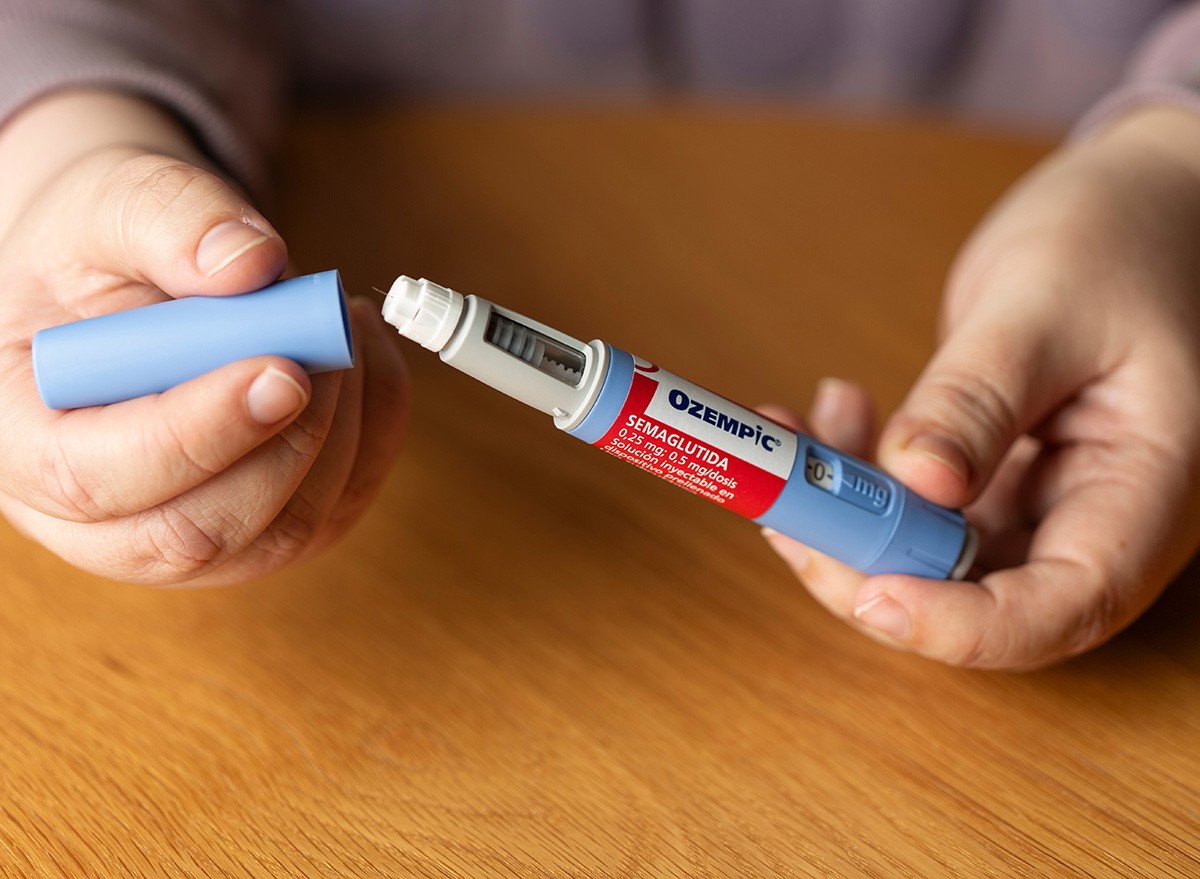
For weight loss patients, he recommends finding the minimum dose that either allows you to "see the scale continuously go down" or creates "a noticeable effect on food noise and food intake." This approach, Dr. Joseph explains, "allows you to minimize the side effects while optimizing the benefits and the results."
Consider Micro-dosing Options
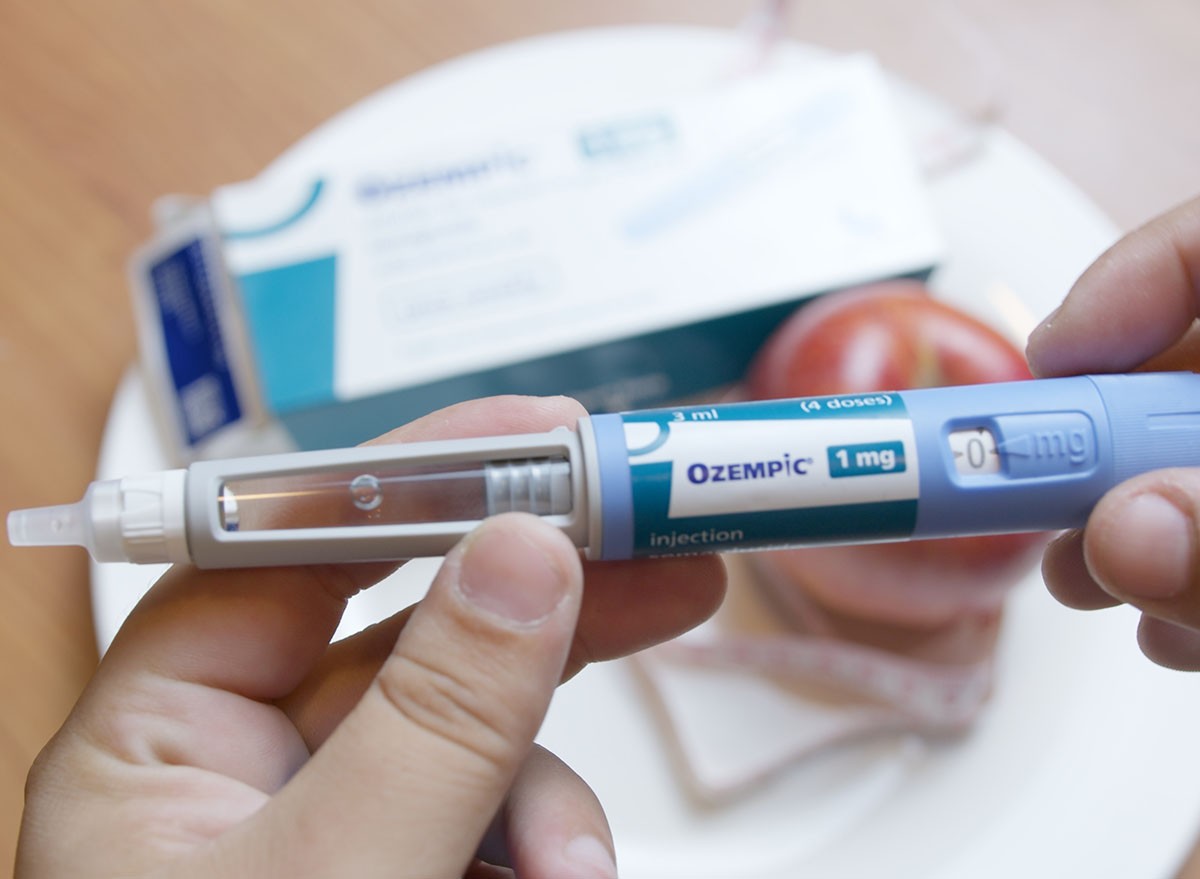
If you're using compounded medication, he notes the potential for more precise micro-dosing, though this should always happen "under the guidance of a healthcare provider." Dr. Joseph has created comprehensive resources on micro-dosing for patients who want to discuss this option with their providers.
Trust Your Body's Signals
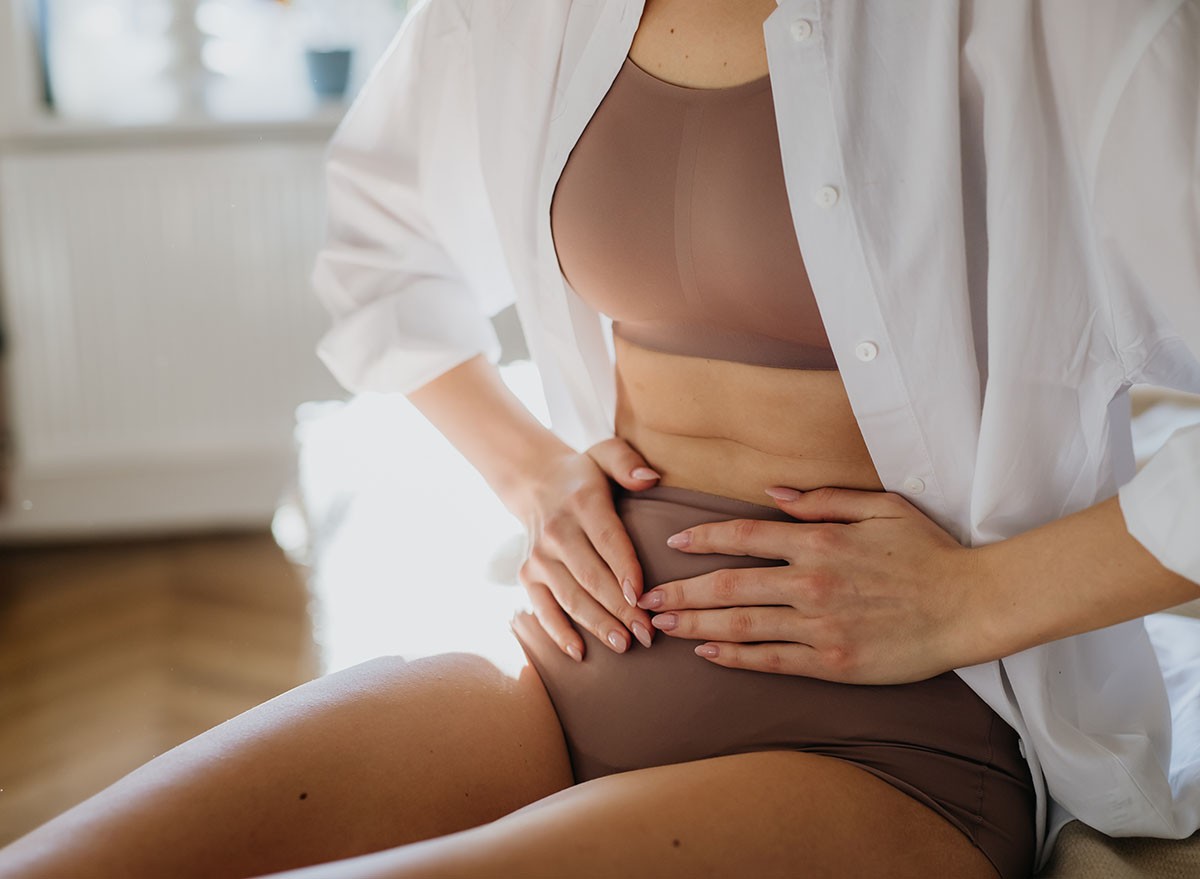
No one understands your body better than you do—which is why Dr. Joseph considers listening to these signals a critical step. "If you feel like something is off, please tell me right away," he advises patients.
"Please don't ever feel like even the slightest thing that you know in the back of your head… is off but you don't want to bother me."
RELATED: What Happens to Your Body When You Stop Taking Ozempic
Small Warnings Can Prevent Big Problems
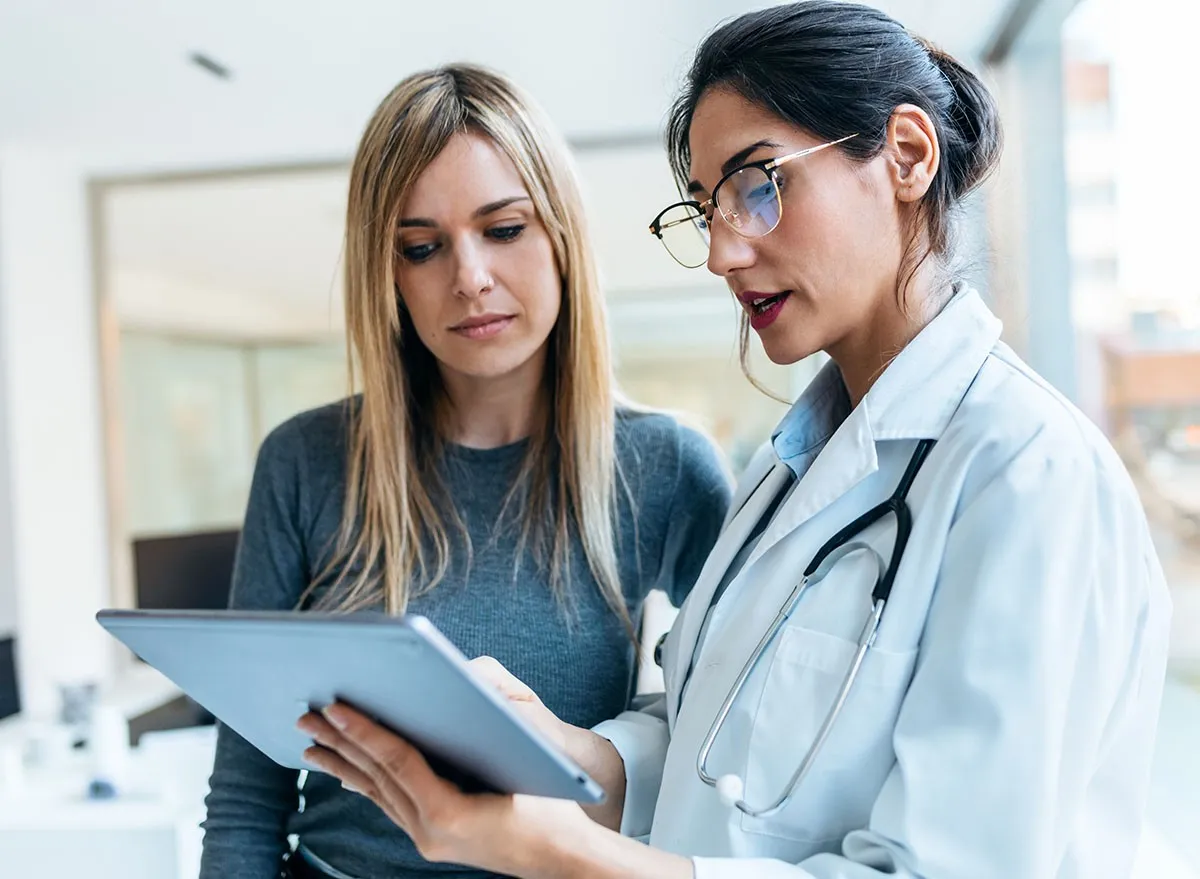
Dr. Joseph believes these early warnings, combined with medical knowledge, could identify "a big red flag" or "sign of impending issues" that might be addressed proactively.
He underlines that feeling uncomfortable with your dose or experiencing unusual symptoms beyond common side effects warrants immediate discussion with your provider. Never hesitate to advocate for yourself if something doesn't feel right with your medication.
Prepare for Appetite Changes and Side Effects
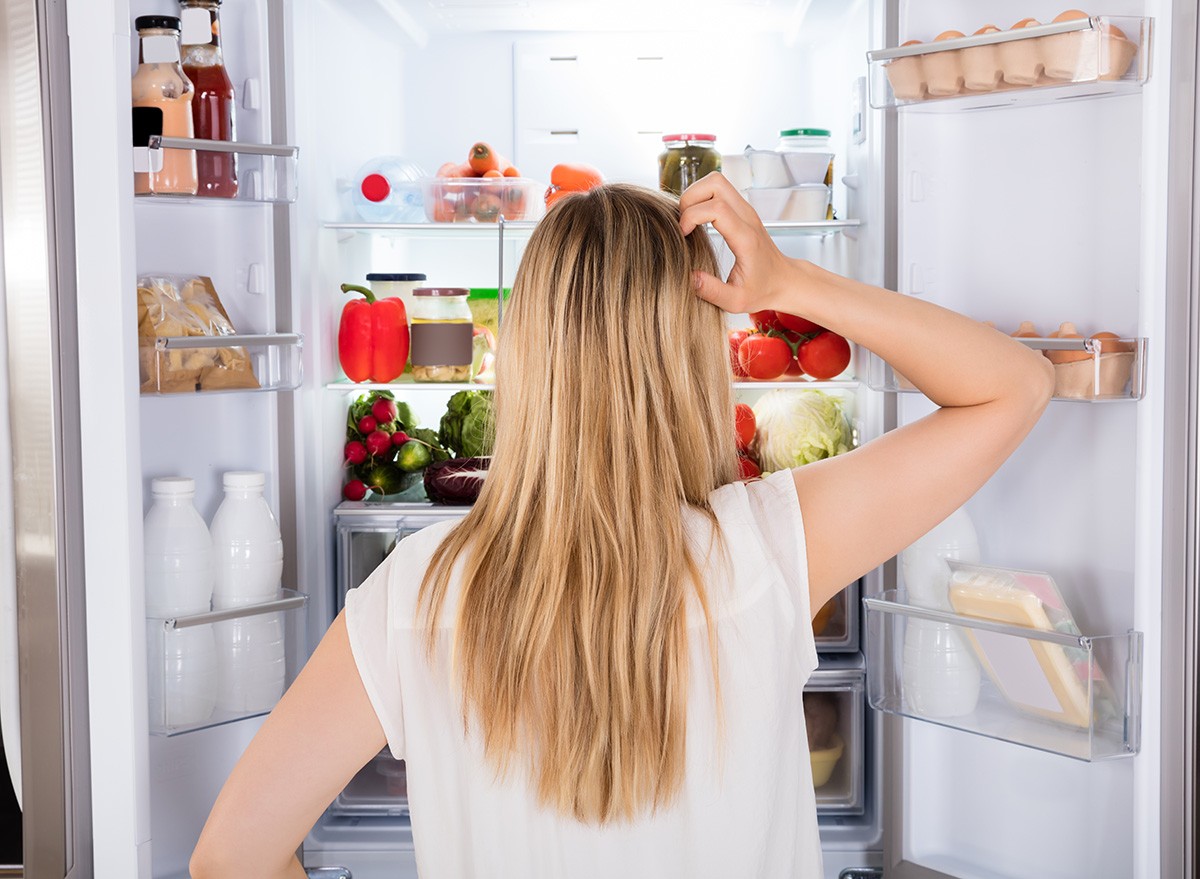
Proactive preparation can significantly smooth your first weeks on GLP-1 medication. "When you first start a GLP-1 agonist, you might lose a lot of your appetite," Dr. Joseph warns. He recommends having "protein shakes or meal replacement shakes that you can hopefully slowly sip on throughout the day" to maintain essential nutrition when food holds little appeal.
Electrolytes Are Absolutely Essential
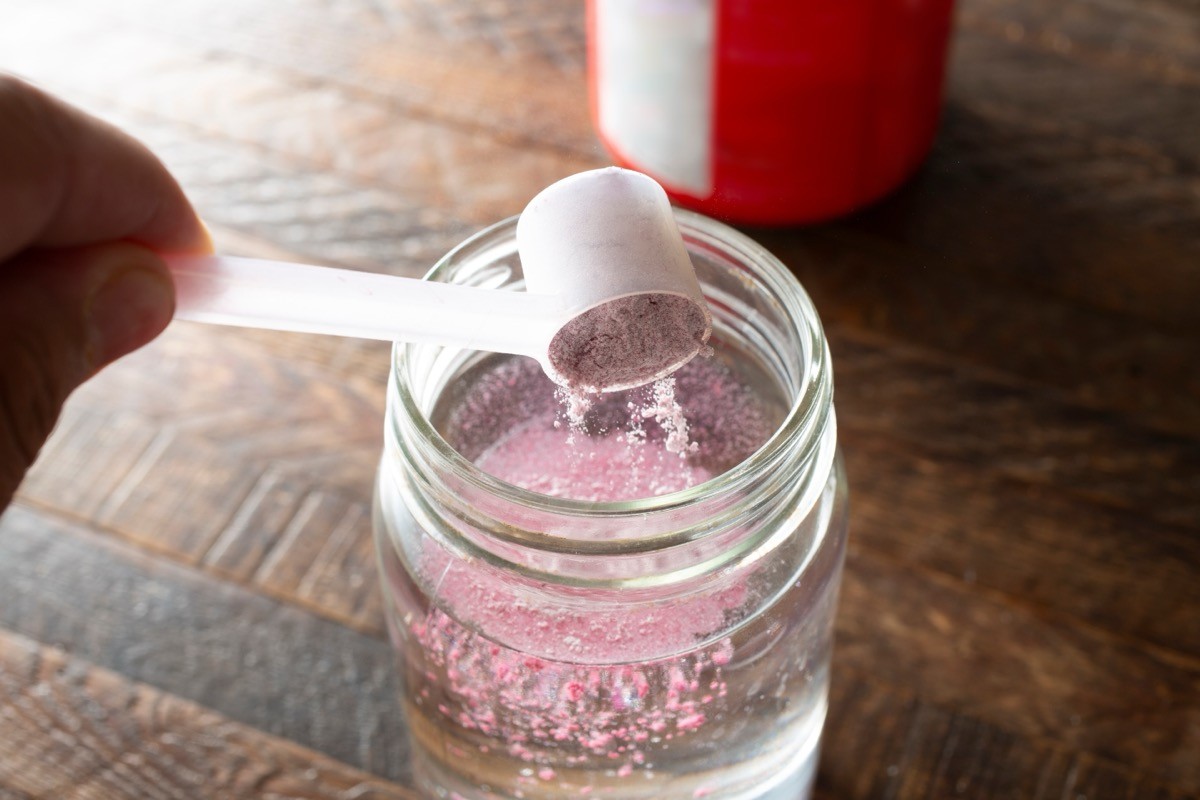
Even more critically, Dr. Joseph strongly emphasizes electrolyte preparedness: "Please, please, please have electrolytes on hand." He shares that he recently had "two patients within three days of each other that were hospitalized" after increasing to maximum doses and experiencing severe dehydration. This dehydration affected their kidney function and heart rhythm.
RELATED: 20 Things to Avoid While on Ozempic
Stay on Top of Your Lab Work
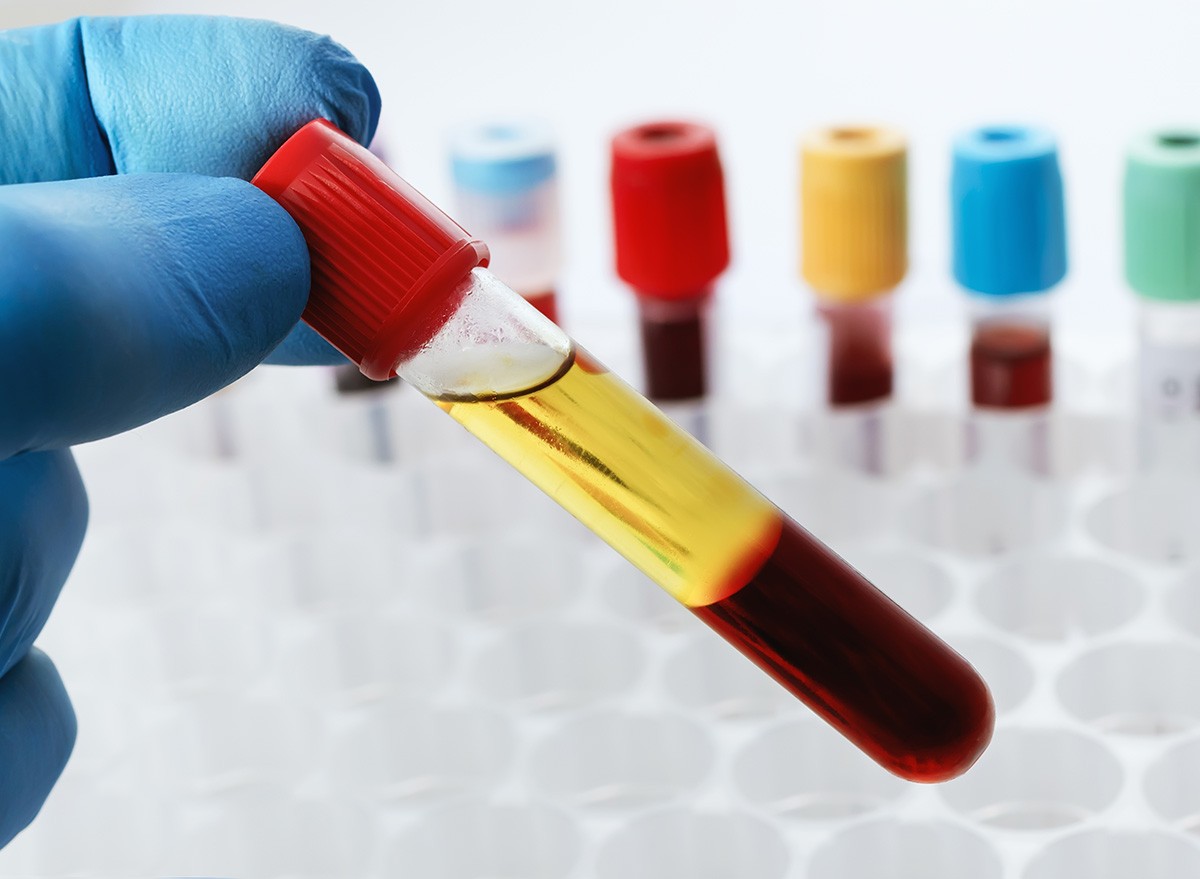
Regular lab work and maintaining hydration are essential safeguards, particularly when increasing doses. If you have pre-existing kidney issues, Dr. Joseph advises consulting your provider before starting electrolyte supplements.
Focus on Your Personal Journey

The final crucial step involves protecting your mental approach to treatment. "Don't listen to others, don't compare yourself to others," Dr. Joseph advises. When beginning his own GLP-1 journey, he only told his wife, noting, "if you do not have a support system like that… you don't need to tell anybody about this."
Beware of Comparing Yourself to Online Success Stories

Dr. Joseph cautions against comparing your results to dramatic online success stories, which are often outliers. "You will get to your goal," he assures, explaining that "some people might need a higher dose" while others "might not do well on semaglutide and they need tirzepatide instead."
RELATED: 5 Foods That Maximize Weight Loss on GLP-1 Medicines, According to Coach
Remember the Invisible Benefits
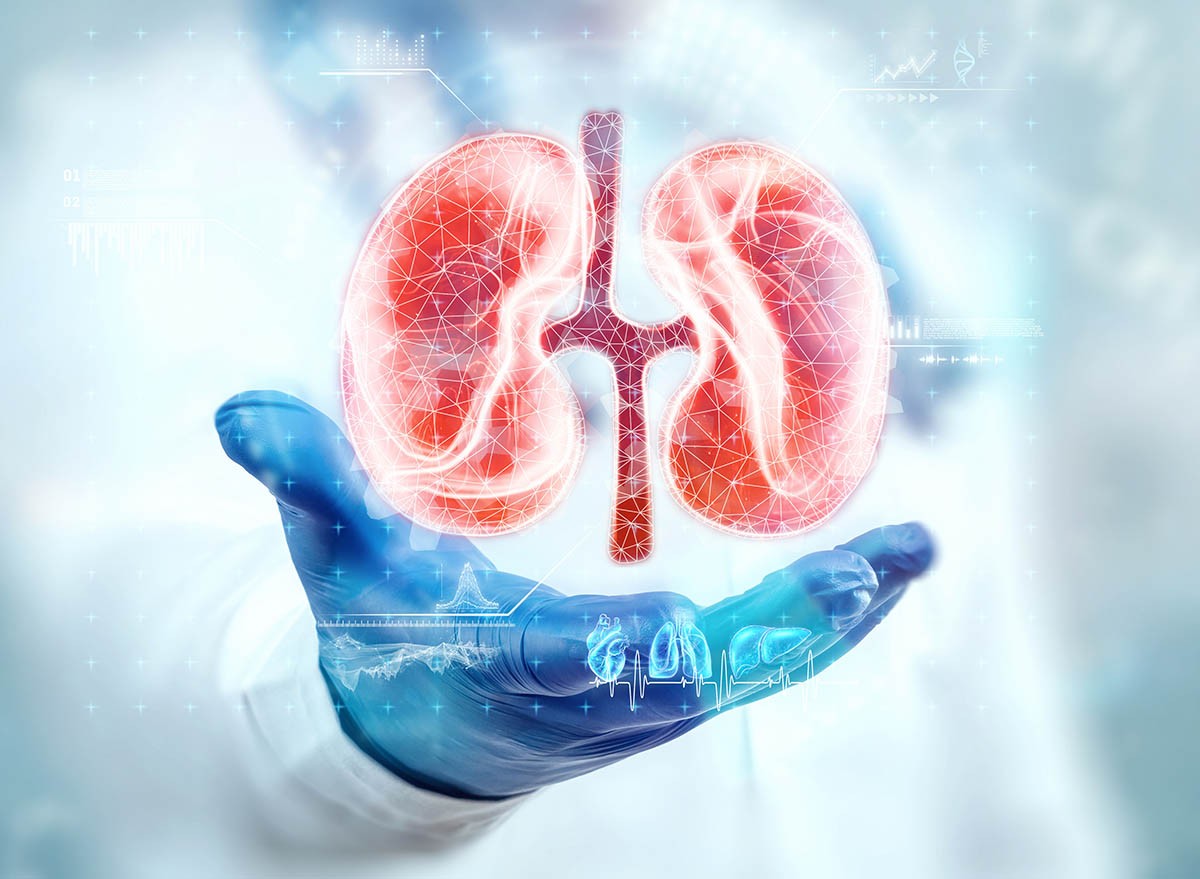
Dr. Joseph reminds patients that even without dramatic scale changes, "you are metabolically optimizing your body… improving your insulin resistance, improving your kidney function, improving your cardiac health."
Dr. Joseph concludes with confident encouragement: "Starting on a GLP-1 is the greatest thing you could do for your life and for your health. I truly believe that you will thank yourself… because your health will be in a much better place than it was six months or a year ago." And if you enjoyed this article, don't miss 20 Incredible Ozempic Success Stories of All Time




